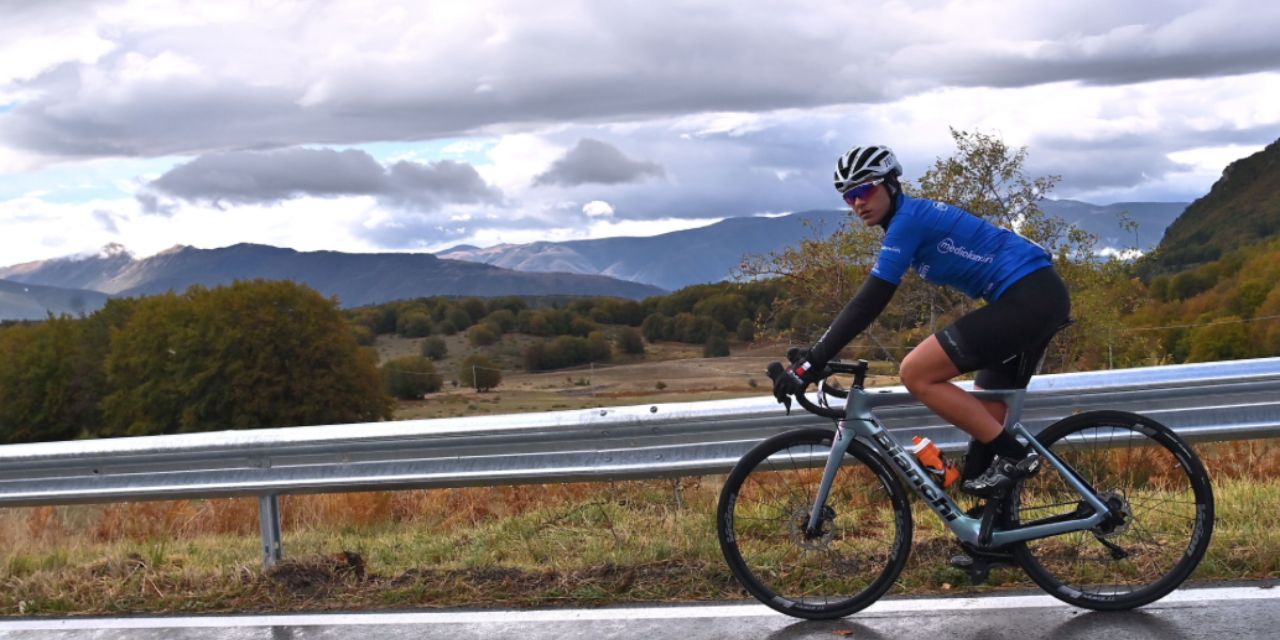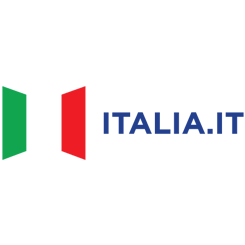What are we talking about when we talk about sustainable mobility? It’s something Carver wouldn’t have liked at all, he who loved to get right down to things. Let’s talk of fragmentation, notably habit fragmentations and therefore the solutions that lead to eco-sustainability of our habits.
Once upon a time, there was the car, bought with a greater or smaller effort. Then it came the revolution of the undergrounds and leasing. Now, there is MaaS, acronym for Mobility as a Service, a mobility service based not on owning the modes of transport (mostly car) but on its shared usage within a network of users, integrated with multiple public and private transport services in a single accessible service via smartphone, through a multifunctional platform allowing a single payment system. They came up with it in Finland, where it allowed an increase in the number of public transport season-ticket holders from 48 to 74%.




























